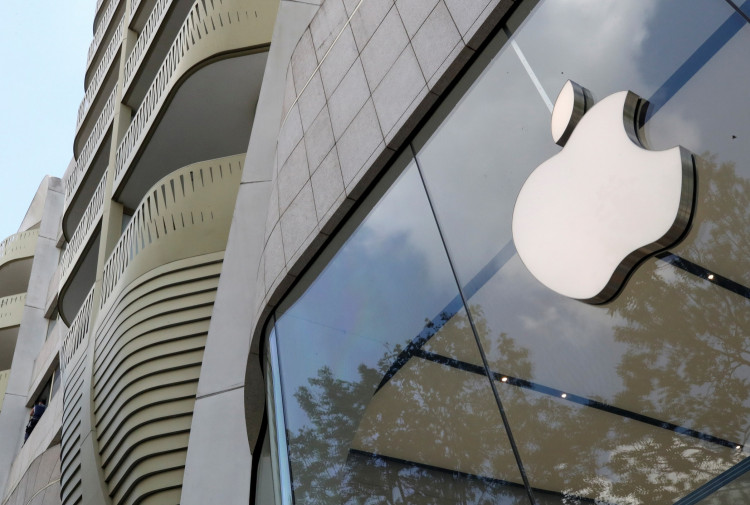Apple is set to discontinue the iPhone 17 Plus, introducing a new ultra-slim model in its place. This move comes in response to the low demand for the Plus variant and signals a strategic pivot towards innovative design over traditional hardware upgrades.
The iPhone 17 Slim will feature a 6.6-inch display with a resolution of 2740x1260 pixels, offering a screen size larger than the standard iPhone but smaller than the Plus. The device is expected to incorporate the A19 chip, housed in a titanium-aluminum alloy frame. The decision to emphasize design is evident as Apple explores new trends beyond the existing iPhone lineup.
Ming-Chi Kuo, a prominent analyst at TF International Securities, disclosed these details in his latest report. He noted that the Plus model accounted for only 5-10% of total new iPhone shipments, prompting Apple to rethink its strategy. "Apple followed the trend of trying new models for a few years until it realized no one actually wanted that," Kuo remarked, referencing the company's previous attempts with the iPhone 12 mini and iPhone 13 mini.
The iPhone 17 Slim will not merely replace the Plus model but aims to push the boundaries of smartphone design. Despite its premium price tag of $1299, the Slim model is not expected to compete directly with the Pro models in terms of hardware specifications. Instead, it will focus on offering an ultra-slim form factor and innovative design elements.
Kuo's report suggests that the iPhone 17 Slim will include a Dynamic Island feature, similar to current models, and a single rear camera. It will also adopt Apple's long-rumored in-house 5G chip, marking a significant step towards greater integration of proprietary technology.
The new model's design will incorporate a thinner chassis and a smaller display cutout, challenging Apple's engineers to balance aesthetics with functionality. However, this slimmer design raises concerns about battery capacity. Thinner devices typically have less space for larger batteries, potentially impacting battery life.
Apple's decision to explore new design trends comes as the company continues to dominate the high-end smartphone market with its standard, Pro, and Pro Max models. The upcoming iPhone 17 Pro is expected to feature a significant design overhaul and three 48MP main cameras, further cementing its position at the top of Apple's lineup.
Kuo also mentioned that the upcoming iPhone SE 4 might feature Apple's in-house 5G chip, indicating a broader adoption of this technology across different models. This move aligns with Apple's strategy to enhance connectivity and performance in its devices.
While the iPhone 17 Slim's success will ultimately depend on consumer reception, its introduction highlights Apple's commitment to innovation. The company continues to push the envelope in smartphone design, offering products that blend advanced technology with sleek aesthetics.
The iPhone 17 Slim is set to debut in 2025, with more details expected to emerge as the release date approaches. For now, the tech community remains eager to see how Apple's latest innovation will shape the future of smartphones.





